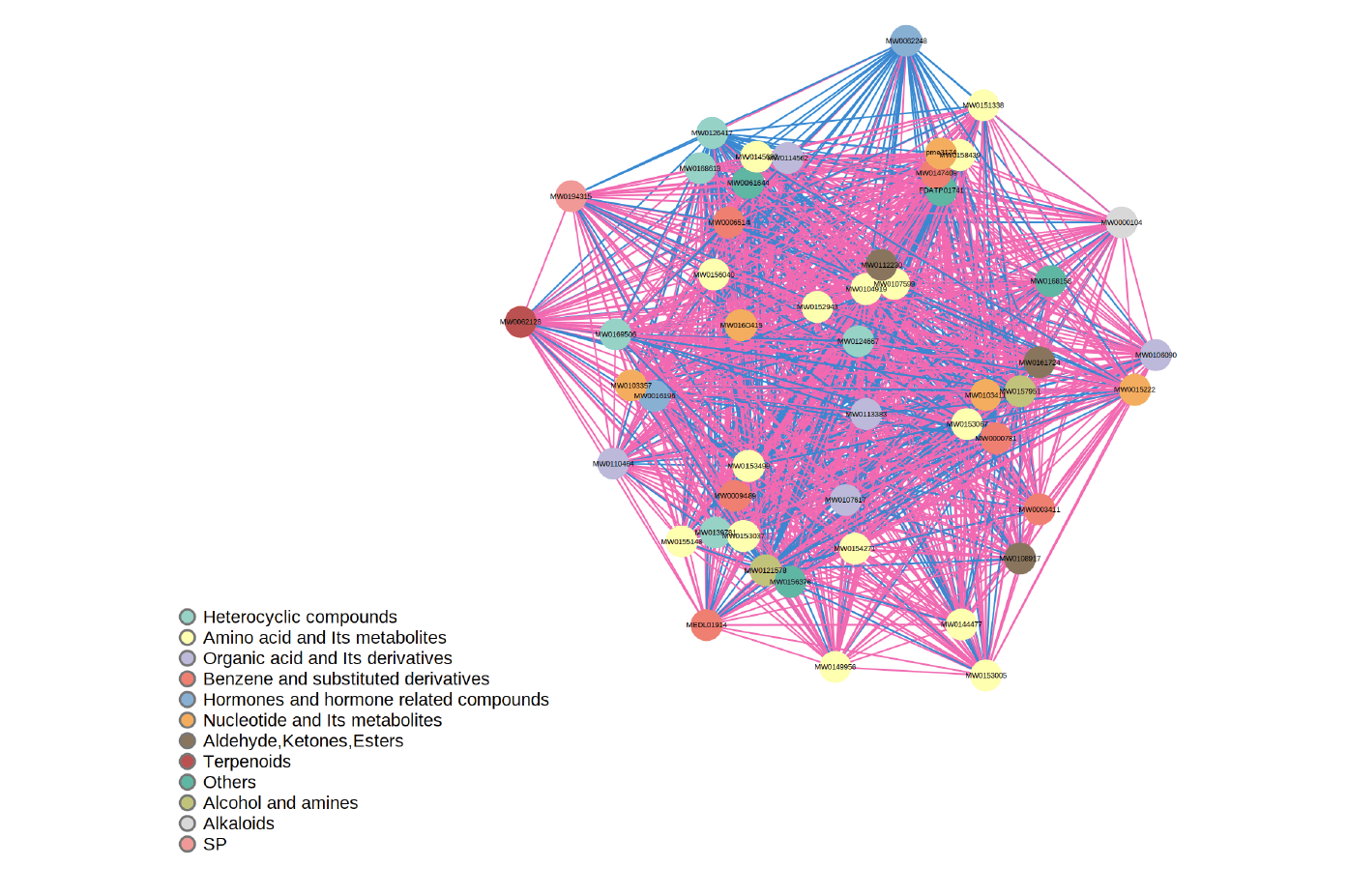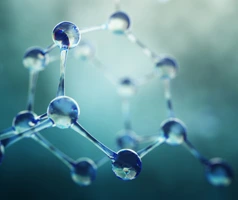Widely-Targeted Metabolomics incorporates the advantages of high throughput of Untargeted Metabolomics with the high accuracy and sensitivity of Targeted Metabolomics to provide high-throughput identification and quantification of a wide variety of metabolites. It is widely used in plant metabolism research, where the number of metabolites far exceeds that in animals.
With our tailored in-house database at Novogene, Widely-Targeted Metabolomics enables the accurate identification of more than 30000 metabolites together with cutting-edge bioinformatics analyses to deliver high-quality metabolomic data to support your research.
Applications:
Widely-Targeted Metabolomics combines the breadth of untargeted global profiling with the precision of targeted assays, making it a valuable tool across diverse research areas. Common applications include:
- Plant Stress and Growth Regulation Studies
- Clinical Biomarker Verification
- Pharmacokinetics & Drug Metabolism
- Metabolic Pathway Validation
- Nutritional Analysis in Food & Agriculture
- Microbiome-Metabolome Interaction Research
Advantages and Features of Novogene's Widely-Targeted Metabolomics Services:
- Ultra-high Quantification and Identification: Combining the SCIEX Triple TOF 6600+ ultra-high resolution mass specltrum and SCIEX QTRAP®6500+ mass spectrometry platform using MRM mode, Novogene delivers exceptional data quality for precise and reliable results.
- High Quality Database: Access to an extensive catalog of over 280,000 metabolites. Each sample can typically identify over 2000 metabolites.
- Rigorous Quality Control: 10 QC indicators for monitoring all aspects of experimentation from sample preparation to data collection.
- Comprehensive Metabolite Information:
1) In-house standard database;
2) Integrated public database;
3) AI database;
Sample Requirements for Animal Tissues and Fluids Metabolomics Samples:
| Sample Type | Sample | Recommended Sample | Minimum Sample | Biological Replicate |
| Liquid | Plasma, Serum, Hemolymph, Milk, Egg White | 100μL | 20μL | Human≥30, Animal≥8, Plant≥3 |
| Cerebrospinal Fluid, Tear Fluid, Interstitial Fluid, Uterine Fluid, Pancreatic Fluid and Bile, Pleural Effusion, Follicular Fluid, Culture Medium | 100μL | 20μL | ||
| Seminal Plasma, Amniotic Fluid, Prostate Fluid, Rumen Fluid, Respiratory Condensate, Gastric Lavage Fluid, Alveolar Lavage Fluid, Urine, Sweat, Saliva, Sputum | 500μL | 100μL | ||
| Tissue | Animal Tissue, Placenta, Thrombus, Fish Skin, Nematode | 100mg | 20mg | |
| Insect Whole Body, Insect Wings, Pupae | 500mg | 20mg | ||
| Zebrafish Organs, Insect Organs | 20mg | 10mg | ||
| Stem, Bud, Node, Leaf, Root, Flower, Fruit, Healing Tissue, Animal Tissue | 300mg | 200mg | ||
| Cell | Adherent Cells | 1*10^6 | 5*10^5 |
Notes:
1) Not applicable for GC-MS.
2) For extracted metabolites, we advise the recommended quantity for the extraction process.
3) Appropriate for Untargeted Metabolomics, TM Widely-Targeted Metabolomics, Quantitative Lipidomics, and Energy Metabolism studies.
Sample Requirements for Plant Tissues and Fluids Metabolomics Samples:
| Sample Type | Sample | Recommended Sample | Minimum Sample | Biological replicate |
| Tissue | Fresh Tissue Sample: Root、Stem、Leaf、Flower、Fruit | 600mg | 300mg | Human≥30, Animal≥8, Plant≥3 |
| Dry Sample | 50mg | 30mg | ||
| Liquid | Root secretion | 10ml | 3ml | |
| Wine,Fermented Broth | 5ml | 3ml | ||
| Tissue fluid、Extracting solution | 500μl | 200μl | ||
| Jjuice | 5ml | 3ml | ||
| Oil、Essential oil | 500μl | 200μl | ||
| Honey | 500μl | 200μl | ||
| Special Tissue | Trichome | 50mg | 15mg |
Notes:
1) Not applicable for GC-MS.
2) For extracted metabolites, please advise on the recommended quantity for the extraction process.
3) Suitable for Widely-Targeted Metabolomics for Plants and Flavonoids Metabolomics.
4) Recommended sampling approach:
– Collect samples from 3 or more individuals for each biological replicate.
– Ensure a minimum of 3 biological replicates per sample group.
– Example: Combine leaves from 3 individual plants as one replicate; repeat for 2 more replicates (involving 6 additional individual plants) to achieve 3 biological replicates for one experimental group (e.g., Control).
– Repeat the process with 9 individual plants for the second experimental group (e.g., Treatment).
List of detectable metabolites for Plant
| Substance category | Num. | Representative compounds |
| Flavonoids | 7800+ | Rutin, Phloretin, Phelligrin A, Hesperetin, Licorice glycoside A, Pelargonidin-3-O-glucoside, Ginkgetin, Formononetin, Theaflavin |
| Phenolic acids | 2500+ | Chlorogenic acid, Momordicoside A, Oleuropein, Salvianolic acid A, Tatariside A, Veratric acid, Salidroside, Parishin B, Magnoloside A, Vanillic acid |
| Alkaloids | 8500+ | α-Solanine, Verticine, Nuciferine, Stachydrine, Matrine, Camptothecin, Arecoline, DIMBOA, Avenanthramide A, Lycorenine |
| Terpenoids | 12000+ | Artemisinine, Genipin, Paclitaxel, Wilforlide A, Protopanaxdiol, Saikosaponin A, Cucurbitacin B, Crocin I, Cyclocarioside Ⅰ, Ecliptasaponin A |
| Quinones | 1000+ | Emodin, Obtusin, Lapachone, Shikonin, Tectograndone, Morindaparvin A, Aloesin, 5-Hydroxydigitolutein, Trijuganone A |
| Steroid | 1600+ | Asparagoside C, Polyphyllin I, Timosaponin A-III, Gracillin, Sarsasapogenin, Tigogenin, Digitonin, Oleandrin |
| Tannins | 400+ | Ellagic acid, Gemin D, Casuariin, Punicalin, Chebulagic acid, 1,3,6-Tri-O-galloylglucose, Chebulanin, Tellimagrandin I |
| Lignans | 1100+ | Honokiol, Syringaresinol, Arctigenin, Pinoresinol, Schisanhenol, Sesamin, Chestnutlignansoide, Trachelogenin, Fargesin, Isolariciresinol |
| Glucosinolates | 200+ | Sulforaphane, Gluconasturtiin, Sinalbin, Glucocheirolin, Glucoraphanin, 4-Hydroxy-3-indolylmethyl glucosinolate, Sinigrin, 4-Methylsulfinyl-3-Butenyl Glucosinolate |
| Coumarins | 1500+ | Umbelliprenin, Psoralen, Glycycoumarin, Xanthotoxol, Scopolin, Bengenin, Bergapten, Decursinol, Dihydrocoumarin |
| Organic acids | 2100+ | Succinic acid, Malic acid, Citric Acid, Quinic Acid, Abscisic acid, Tartaric acid, Shikimic acid, Aconitic Acid, Salicylic acid, Cinnamic acid, Maleic acid |
| Vitamins | 50+ | Vitamin C, Vitamin B2, Vitamin A1, Vitamin U, Ginkgotoxin, Nicotinic acid, Nicotinamide, Retinol, Vitamin D3, Tocotrienol |
| Amino acids and derivatives | 800+ | Tryptophan, Theanine, Beauvericin, Dencichin, Heterophyllin, Saccharopine, Alliin, Dopa, S-Adenosylmethionine, γ-Glu-Cys |
| Nucleotides and derivatives | 300+ | Adenine, Cytosine, Thymine, Inosine, Eritadenine, Xanthosine, Cordycepin, Sepiapterin, Adenosine 5′-monophosphate |
| Saccharides and Alcohols | 450+ | Glucose, Fructose, Sucrose, Fucose, Xylitol, Rhamnose, Maltose, Raffinose, Allitol, Mannitol |
| Lipids | 900+ | Linolenic acid, 4-Hydroxysphinganine, Lauric acid, Myristic Acid, Palmitic acid, Arachidonic Acid, Stearic Acid |
| Others | 20000+ | Aflatoxin B1, Secoxyloganin, Kavain, Terreic acid, Mansonone E, Litchiol A, Myricanol, Safranal, Bruceine A, Gambogic acid |
| Total | 61150+ |
List of detectable metabolites for others
| Substance category | Num. | Representative compounds |
| Amino acids and their derivatives | 600+ | Glycine, L-threonine, L-arginine, N-acetyl-L-alanine |
| Organic acids and their derivatives | 400+ | 3-hydroxybutyric acid, adipic acid, hippuric acid, kynurenine |
| Nucleotides and their derivatives | 200+ | Adenine, 5′-Adenine Nucleotide, Guanine, 2′-Deoxycytidine |
| Carbohydrates and their derivatives | 100+ | D-glucose, glucosamine, D-fructose 6-phosphate |
| Lipid | 500+ | O-acetylcarnitine, γ-linolenic acid, lysophosphatidylcholine 22:4 |
| Benzene and its derivatives | 500+ | Benzoic acid, 3,4-dimethoxyphenylacetic acid, 4-hydroxybenzoic acid |
| Coenzymes and vitamins | 60+ | Folic acid, pantothenic acid, vitamin D3 |
| Alcohols, amines | 150+ | Dopamine, histamine, DL-1-amino-2-propanol |
| Aldehydes, ketones, esters | 120+ | Furfural, ethyl butyrate, α-pentyl cinnamaldehyde |
| Heterocyclic compounds | 200+ | Pyridoxal, biopterin, indole-3-acetic acid |
| Bile acids | 40+ | Glycocholic acid, deoxycholic acid, taurolithocholic acid |
| Hormones and hormone-related substances | 100+ | Juvenile hormone 3, epinephrine, 3,3′-diiodo-L-thyroxine |
| Tryptamine, choline, pigment | 15+ | Serotonin, bilirubin (E-E), urobilin |
| Other | 50+ | Astaxanthin, hydroxyurea |
| Total | 3000+ |
Project Workflow
Metabolomics research experimental procedures encompass sample collection and pre-processing, metabolite extraction, LC-MS data acquisition, metabolite annotation and identification through database searching, and bioinformatic analysis. These steps enable researchers to gain holistic insights into the metabolic state of a system.
At Novogene, we uphold the highest standards of precision and quality control at every step of the experimental process, ensuring consistent, reliable and high-quality data for your research.

Principal component analysis of sample groups
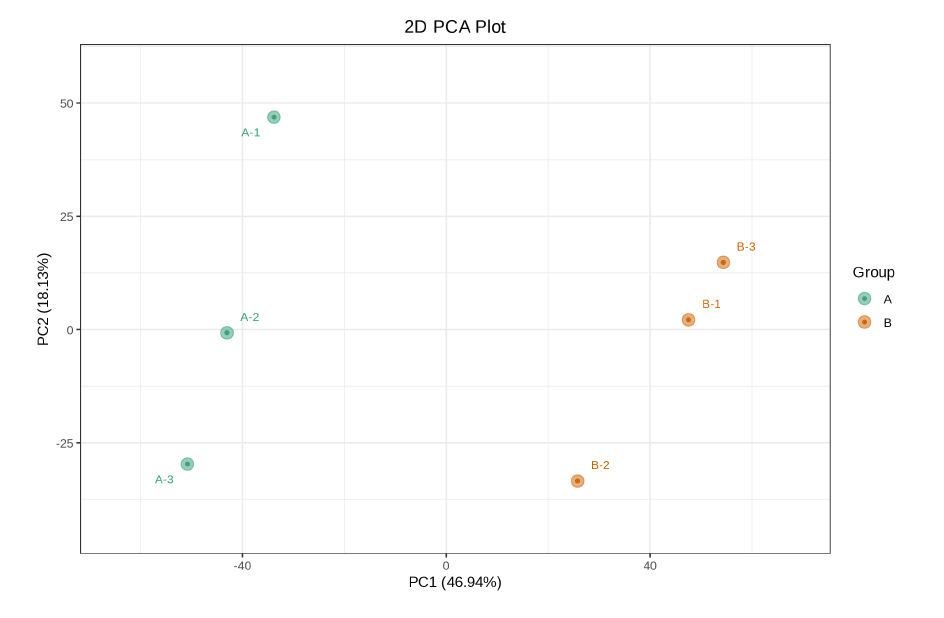
Discriminant Analysis by Orthogonal Partial Least Squares (OPLS-DA)
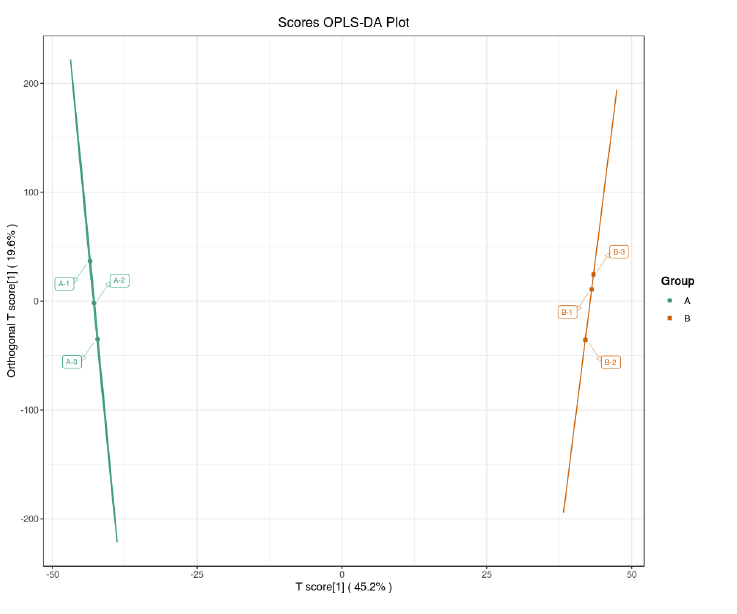
Bar chart of differential metabolites

Volcano plot of differential metabolites
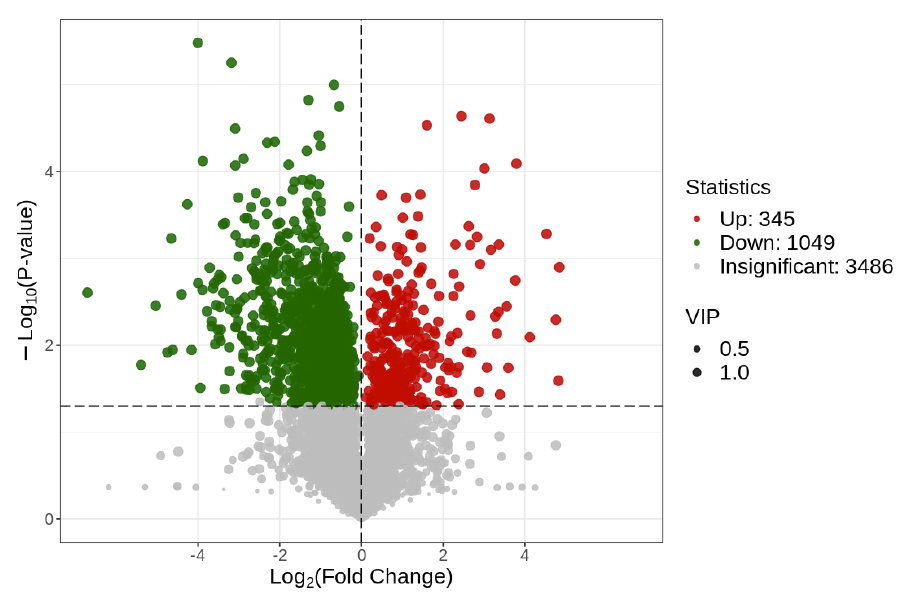
Hierarchical clustering tree
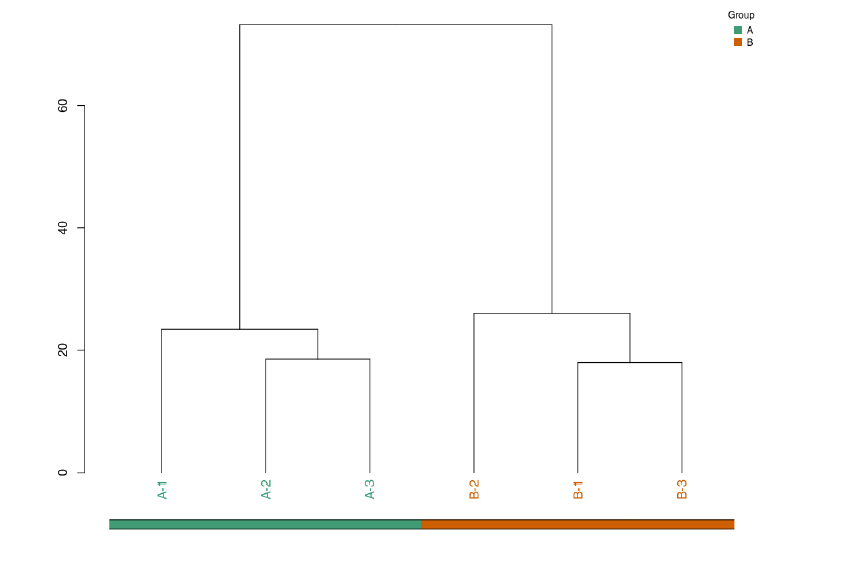
Heatmap of differential metabolites
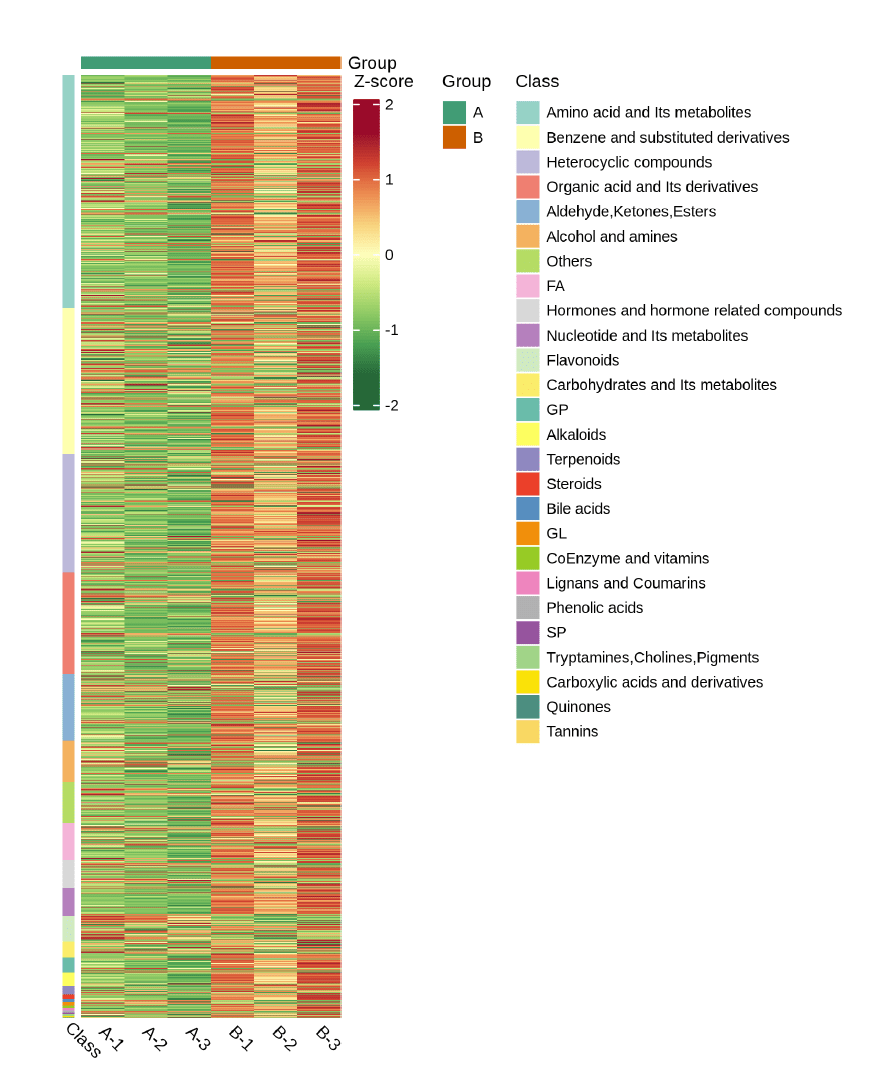
Chord diagram of differential metabolites
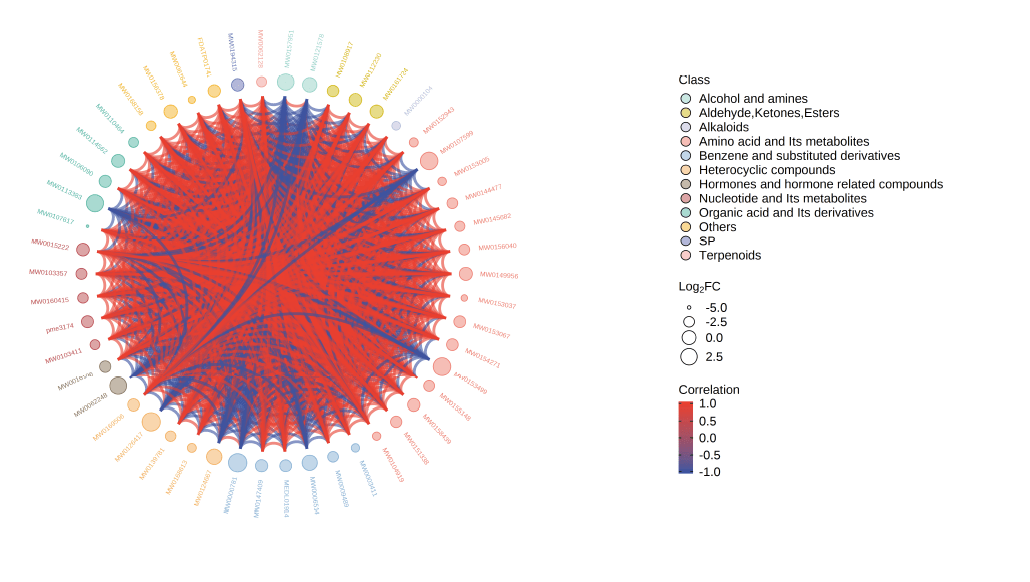
Correlation network diagram of differential metabolites
